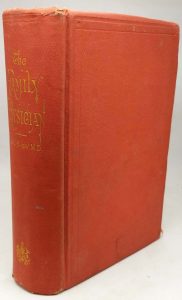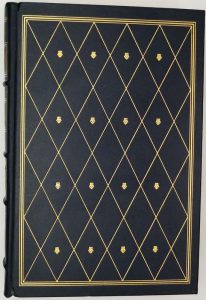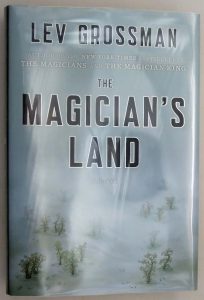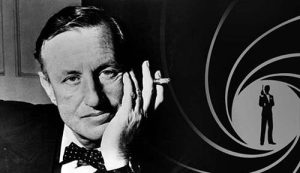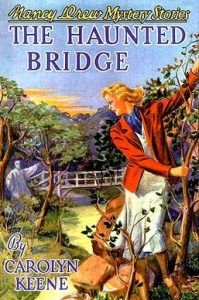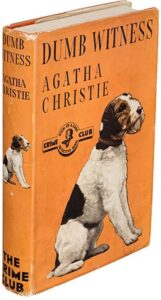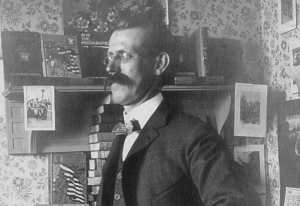Louisa May Alcott – American novelist, 1832-1888
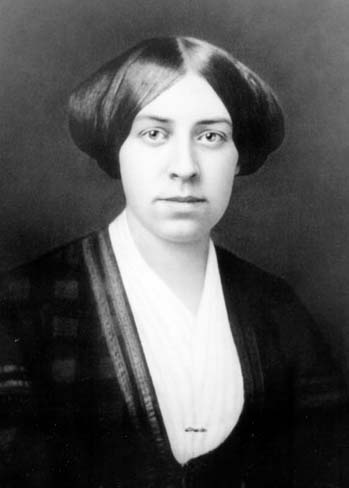
American novelist, 1832-1888. After considering several careers, including acting, Louisa May Alcott learned that her talent and her earning power lay in writing; and though she had aspirations of writing serious novels for adults, she was in demand for the melodramatic, sensational tales she wrote under a pseudonym and for the hugely successful books for children for which she is best known today.
Louisa May Alcott had an unusual upbringing. Her father, Bronson Alcott, was a penniless philosopher, one of many New England thinkers who wished to effect social reform. During Louisa’s childhood he founded a “consociate family” on a fruit farm, where people came and went, contributing ideas as well as depleting the meager supply of food, contributing ideas as well as depleting the meager supply of food.
Louisa and her three sisters, Anna, Elizabeth, and May, were given linen clothing to wear, because linen did not exploit the slaves who picked cotton or deprive sheep of their wool. The commune was a miserable failure, as were many of Bronson Alcott’s other ventures, and the Alcotts often had to rely on the charity of Louisa’s mother’s wealthy Boston relatives. But the family was a close and loving one, and their neighbors and friends in Concord, Massachusetts, included great writers and activists such as Henry David Thoreau and Ralph Waldo Emerson. The Alcotts were also staunch abolitionists, sometimes harboring escaped slaves making their way north on the Underground Railroad.
Louisa May Alcott and her sisters were taught from early childhood to read philosophy and to keep diaries, recording their shortcomings and resolving to improve upon them. Louisa saw her faults as her temper and impatient nature—traits she later gave to Jo in Little Women. She began wilting poetry’ at age eleven, and was soon adapting fairy tales for the dramatic performances she and her sisters produced in their barn.
Then followed original plays, stories, and fables. In 1852 she sold her first story and became aware that she might be able to support her family—a lifelong concern of Louisa’s— through writing. She invented lurid, dramatic, sensational stories that were published in various magazines under pseudonyms like A. M. Barnard. Her first book, a collection called Flower Fables, which she wrote as a girl to amuse Emerson’s daughter Ellen, was published in 1854.
The year 1858 was a difficult one for Louisa. Her beloved younger sister Elizabeth died of scarlet fever after an illness of many months, and her older sister, Anna, announced her engagement. Anna married and left home in 1860. Although Louisa continued to work at her parents’ house in Concord, she would occasionally rent a room in Boston, where she could write. It was an invigorating time to be in Boston: there were lectures on social and prison reform, abolitionism, and women’s education.
Louisa was in favor of women’s suffrage and was one of the first women to vote in Concord. It was during this period that she wrote Moods (1864). The book departs from the potboiler style of her pseudonymous stories. This was Louisa’s first attempt at serious writing. Two other books, also written for adults, like Moods, never sold well; they are Work: A Story of Experience (1873) and A Modern Mephistopheles (1877). She revised and republished Moods in 1882 and liked it best of all her work.
During the Civil War, Louisa volunteered to work as a nurse in a hospital in Washington, D.C., but after just a few weeks contracted typhoid and was sent home. She was treated with a mercury-based medicine and as a result suffered ill health for the rest of her life, over the next few years, however, she wrote a series of lighthearted pieces about her nursing experiences. They were first serialized in a newspaper under Louisa’s own name, but were so popular that they were published as a book, Hospital Sketches (1863). Soon her work was in demand.
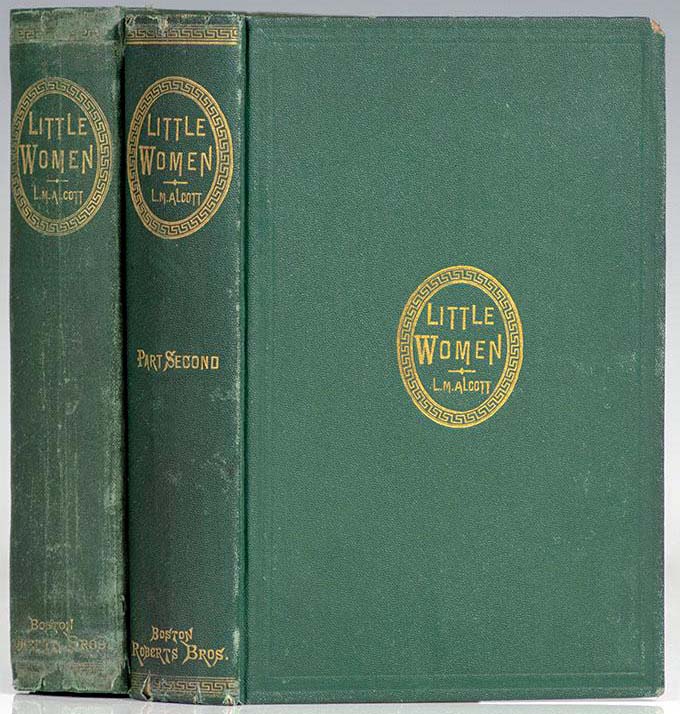
In 1867 she was asked to write a book for girls. Part One of Little Women, or Meg, Jo, Beth, and Amy was written in two and a half months and published in 1868. Essentially it was the story of her own family, in which the girls enjoy the loving devotion of their thoughtful parents and strive to improve their small faults through their trials and pleasures. The book includes the death of Beth and the marriage of Meg, but Louisa made light of the poverty the family endured. The partner and manager of the publishing house suggested that she take a royalty rather than a flat fee for Little Women, and as the book was an immediate and immense success, Louisa’s fortune was made.
At the request of her publishers, Louisa wrote the book’s sequel the following year, resisting the pressure from the girls who wrote to her by refusing to “marry Jo to Laurie to please anyone.” (The two books were later published together in one volume under the title Little Women.)
Louisa May Alcott became such a celebrity that her picture was mounted on cards and sold to fans. On more than one occasion, she climbed out of a back window to escape the reporters who hounded her parents’ door. She was asked to write more lurid stories under her own name, but she refused and never again wrote this type of story after her success.
Little Women not only brought financial stability to the entire Alcott family, but allowed Louisa to indulge them with comforts and pleasures, including travel to Europe. But while abroad, Louisa received word of Anna’s husband’s death and immediately began to write Little Men (1871) specifically to provide for Anna’s children. The book features Jo March as a married woman, running Plumfield School with her husband, Professor Bhaer.
In the book, orphaned or abused boys are directed to their home and taken in. A strong, swaggering boy named Dan is sent away after introducing the other boys to poker-playing and beer but returns, drawn by his affection for a baby in the household. Though the Bhaers’ goodness and love permeate the book, Louisa lent the work a few thrills through her portrayal of the rough Dan and his daring ways. Some of her subsequent books include Eight Cousins (1875), Rose in Bloom (1876), and Jo’s Boys (1886).
Louisa May Alcott hosted her nephews and nieces in Nonquitt, Maine, for the happiest times of her later years, which were plagued with ill health. She died in 1888, only two days after her father. Louisa May Alcott saw a million copies of her books sold during her lifetime. Little Women remains her most popular and enduring work.
Sally Holmes Holtze
Source: Children’s Books and their Creators, Anita Silvey.
Louisa May Alcott Selected Works
The Little Women trilogy
- Little Women, or Meg, Jo, Beth and Amy (1868)
- Part Second of Little Women, or “Good Wives”, published in 1869; and afterward published together with Little Women.
- Little Men: Life at Plumfield with Jo’s Boys (1871)
- Jo’s Boys and How They Turned Out: A Sequel to “Little Men” (1886)
Novels
- The Inheritance (1849, unpublished until 1997)
- Moods (1865, revised 1882)
- The Mysterious Key and What It Opened (1867)
- An Old Fashioned Girl (1870)
- Will’s Wonder Book (1870)
- Work: A Story of Experience (1873)
- Beginning Again, Being a Continuation of Work (1875)
- Eight Cousins or The Aunt-Hill (1875)
- Rose in Bloom: A Sequel to Eight Cousins (1876)
- Under the Lilacs (1878)
- Jack and Jill: A Village Story (1880)
- Proverb Stories (1882)
